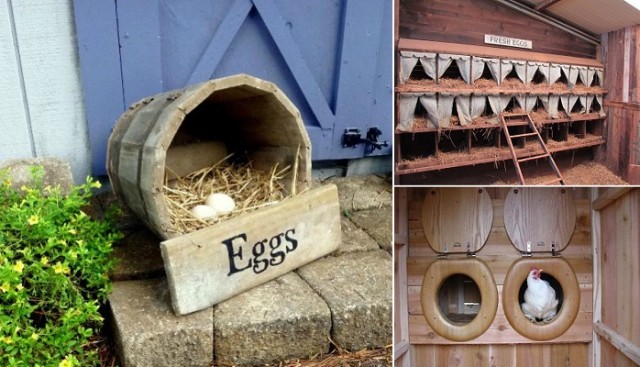In the world of keeping chickens, the importance of providing chickens with comfortable and secure nesting boxes cannot be overstated. As the demand for affordable solutions continues to grow, people are exploring creative and practical alternatives to traditional designs.
From repurposing old furniture to utilizing unconventional materials like milk crates or plastic storage bins, there are numerous options available to suit different needs and preferences. Additionally, the incorporation of removable dividers, curtains, and screens can enhance privacy and promote a sense of security for the hens.
Furthermore, the introduction of egg-friendly features that prevent rolling and breakage can help maintain the quality and integrity of the eggs. By embracing these innovative ideas, chicken keepers and poultry farmers can optimize their operations and ensure the well-being of their flocks.
But what are some specific examples of these creative and practical innovations?
Let’s explore further.
Chicken Nest Box Inspiration…
- Repurposing old furniture or using milk crates or plastic storage bins as nesting boxes is a creative and practical solution.
- Building nesting boxes with removable dividers allows for customization and easy cleaning.
- Creating a nesting box area with curtains or screens provides privacy for the chickens.
- Incorporating nesting box designs that prevent egg rolling and breakage ensures the safety of the eggs.
Alternative Nesting Box Materials
When it comes to providing nesting boxes for chickens, there are various alternative materials that can be utilized to create comfortable and functional spaces for hens to lay their eggs. These alternative materials offer benefits such as sustainability and space-saving designs. Here are four options to consider:
- Recycled plastic: Using recycled plastic materials for nesting boxes not only reduces waste but also provides durability and easy cleaning. Plastic nesting boxes are lightweight and resistant to weathering, making them suitable for outdoor use.
- Bamboo: Bamboo is a sustainable and renewable resource that can be used to construct nesting boxes. It is strong, lightweight, and resistant to rot, making it an excellent choice for nesting box materials. Bamboo also adds a natural aesthetic to the chicken coop.
- Cardboard: Cardboard nesting boxes are a cost-effective option that can be easily assembled and disposed of. They provide insulation and can be lined with straw or other bedding materials for added comfort.
- Metal: Metal nesting boxes are durable and long-lasting. They can be easily cleaned and disinfected to maintain proper hygiene. Metal nesting boxes are also resistant to pests and rodents.
Innovative Nesting Box Designs
Innovative nesting box designs offer practical and efficient solutions for providing comfortable and secure spaces for hens to lay their eggs.
One such design is adjustable nesting boxes, which allow for customization based on the size and breed of the hens. These nesting boxes can be easily modified to accommodate different egg-laying preferences and reduce the risk of egg breakage.
Another innovative option is the use of automated nesting box systems.
These systems are equipped with sensors that detect when a hen enters the box, triggering the collection of the egg. This not only saves time and effort for the poultry farmer but also ensures that the eggs are promptly collected and protected from damage.
Nesting Box Privacy Solutions
To ensure the privacy and comfort of hens while laying their eggs, nesting box privacy solutions can be implemented in chicken coops. These solutions not only create a sense of security for the hens but also help maintain the cleanliness of the nesting area.
Here are four effective nesting box privacy solutions:
- Nesting box privacy curtains: Installing curtains around the nesting boxes can provide a visual barrier, giving hens a sense of seclusion while laying their eggs. This also helps reduce distractions and potential stress.
- Nesting box privacy screens: Privacy screens can be placed in front of the nesting boxes, offering a physical barrier that allows hens to lay their eggs undisturbed. These screens can be made of materials such as wood or plastic mesh, which are easy to clean and maintain.
- Dividers between nesting boxes: Adding removable dividers between nesting boxes can create separate compartments for each hen. This ensures privacy and prevents eggs from rolling and breaking, reducing the risk of contamination.
- Enclosed nesting box design: Designing nesting boxes with enclosed sides and a covered top can provide hens with a cozy and private space. This design also helps keep the nesting area clean by preventing the bedding from being scattered.
Egg-Friendly Nesting Box Features
Nesting boxes designed with egg-friendly features are essential for ensuring the safety and quality of the eggs laid by hens. Understanding egg laying patterns is crucial in creating optimal nesting box designs. Hens prefer a quiet and private environment for laying eggs, so nesting boxes should be located away from high-traffic areas.
It is also important to maintain nesting box cleanliness to prevent the spread of bacteria and diseases. Incorporating features such as removable dividers and curtains or screens can provide privacy for the hens and prevent the eggs from rolling and breaking. Additionally, using materials that are easy to clean and disinfect will help maintain the hygiene of the nesting boxes.
Old Crates As Nesting Boxes
Repurposing old crates for nesting boxes provides an innovative and practical solution for chicken owners seeking sustainable and cost-effective housing options. This has become extremely popular with home chicken keepers.
These can be created by repurposing old wooden crates, such as wine crates, fruit crates, or old milk crates into nesting boxes for chickens. By repurposing these crates, not only are you reducing waste and promoting sustainability, but you are also providing a unique and rustic nesting box option for your chickens.
The sturdy construction of these crates ensures durability, and their size can easily be modified to accommodate different flock sizes. Additionally, the natural wood material provides a cozy and comfortable environment for hens to lay their eggs.
A Bunch Of Unique Ideas..
Fortunately, chickens aren’t really that fussy so long as the nesting boxes you provide are comfy.
There are many different types of nesting boxes that you can provide, and many are cheap and can be sourced easily. Many can also add a bit of character to your chicken coop too. Here are the 10 unique ideas for chicken nesting boxes to give you some inspiration…
1. Wooden Barrel Nesting Box…
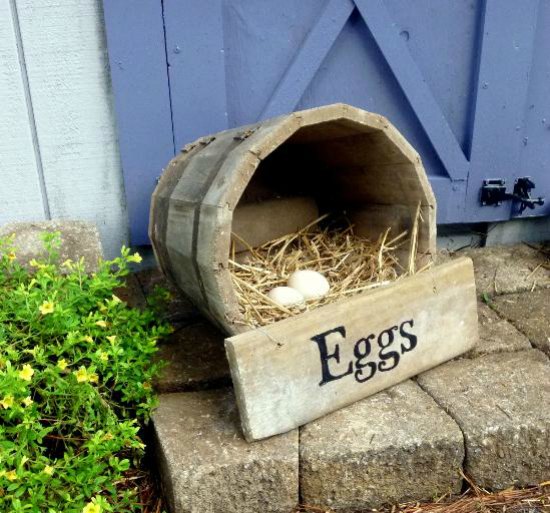
2. DIY Chicken Nesting Boxes Using Kitty Litter Buckets…
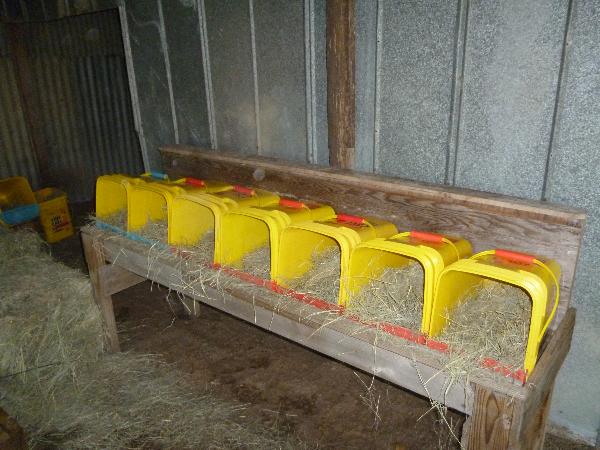
3. Buckets Make Great Nest Boxes For Your Hens…
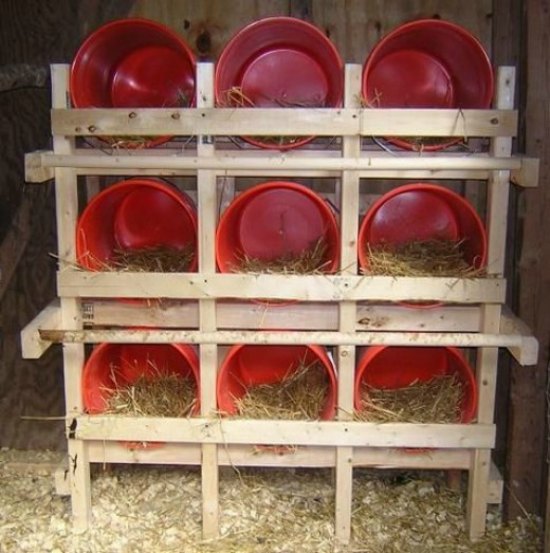
4. Chicken Nesting Boxes From Crates…
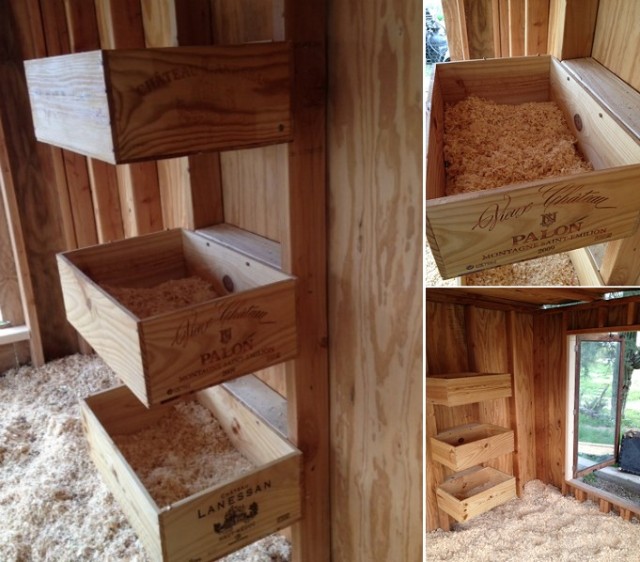
5. Repurposing Milk Crates as Economical Nesting Boxes…
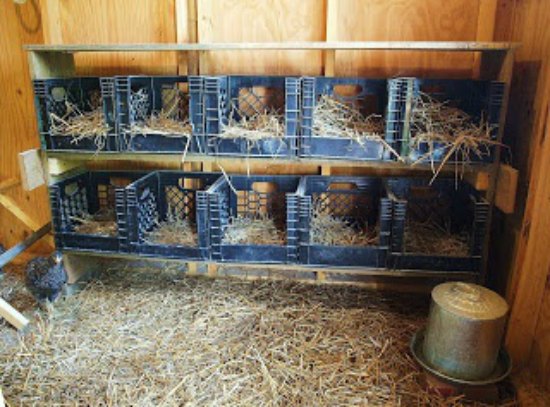
6. 5-Gallon Bucket Nesting Box…
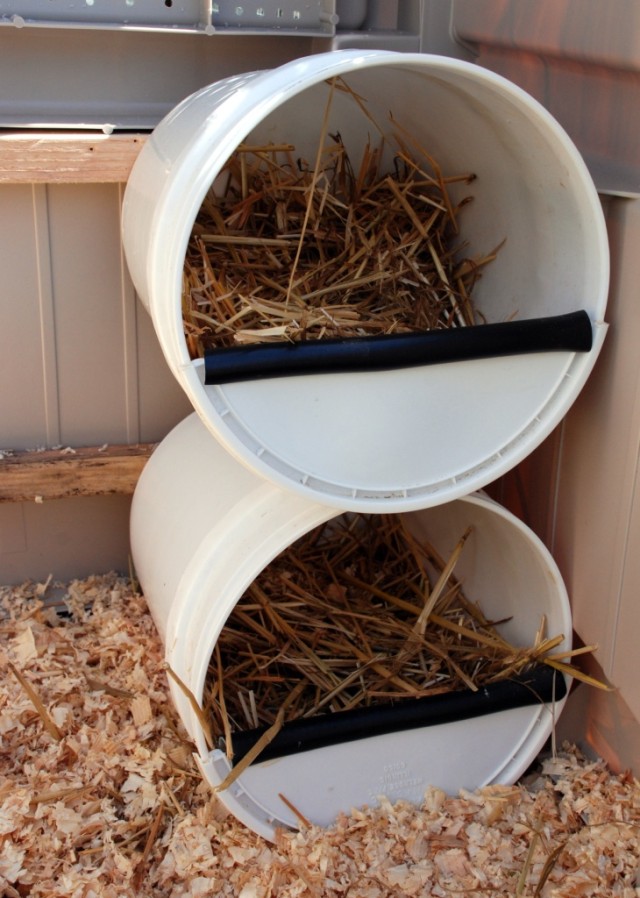
7. DIY Roll-Away Nest Box…
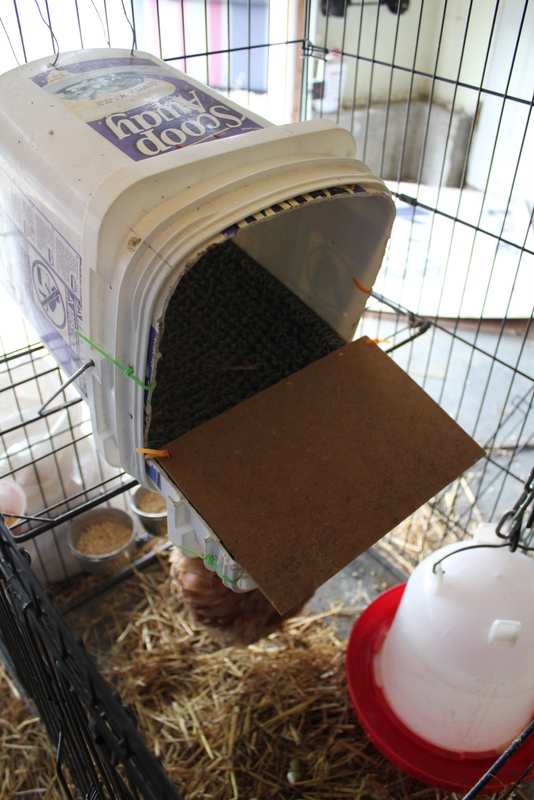
8. Creative Nest Ideas…
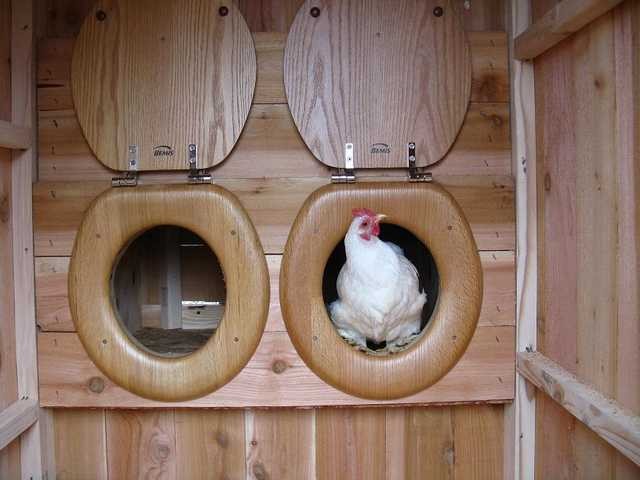
9. Hen Laying Boxes…
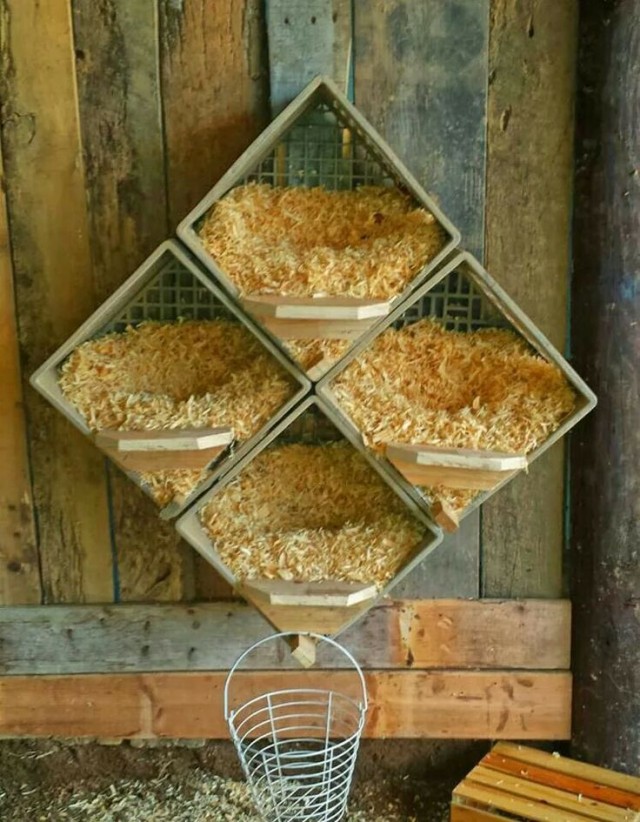
10. Fancy Chicken Nesting Boxes – Fresh Eggs…
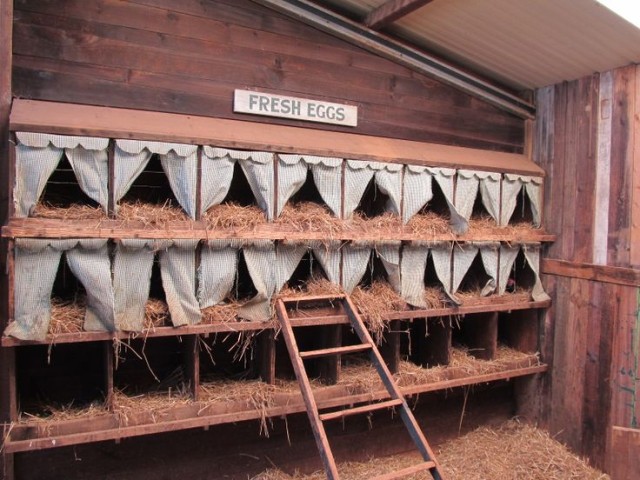
That rounds off the list for now but as you can see, you can use your imagination for affordable chicken nesting box ideas. Maybe this has sparked some additional ideas for you too.
If you do keep chickens, be sure to check out Chicken Keeping Secrets for more great chicken keeping ideas. They have an excellent free weekly newsletter containing lots of chicken keeping tips and helpful answers to common problems.
